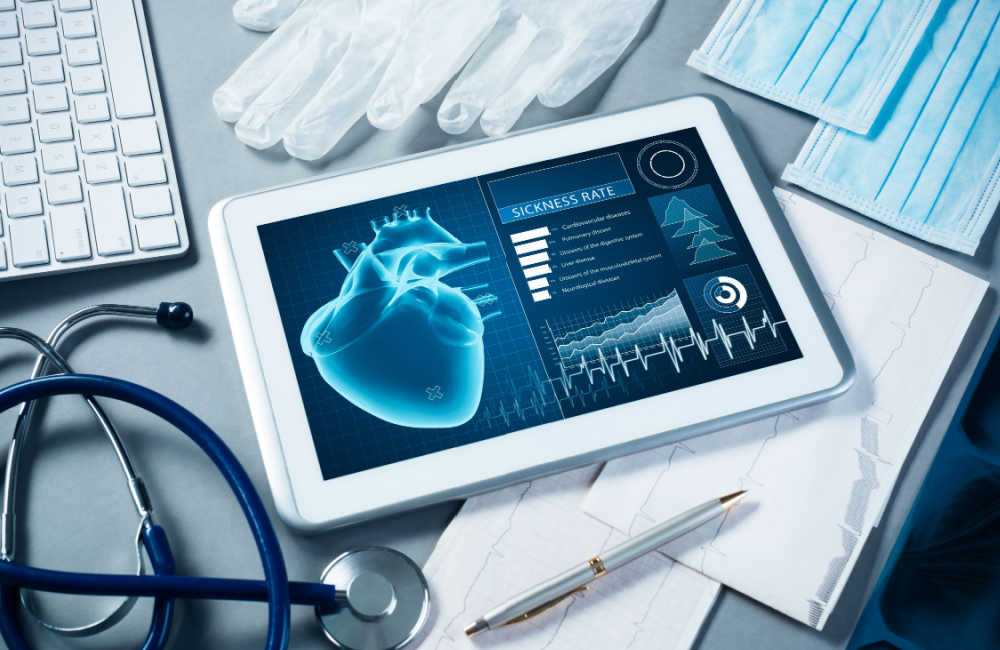Post-Covid Opportunities for Value Based Care

In a recent article, we discussed the healthcare legislation that has led to the gradual integration of Value Based Care in America. While there is still much work to be done to improve the state of healthcare, important changes were embraced during 2020-2022 as the Covid 19 pandemic forced US healthcare to adapt, roll out new technologies and accommodate the public’s need to maintain social distance and limit travel.
More specifically, telehealth practice, innovative wearable technology and at home diagnostic testing options have led to the potential advancement of Value Based Care during the next few years.
Since many patients have already benefited from recent healthcare changes, we expect there to be lasting effects of the American response to Covid 19 pandemic.
Hybrid Care May be the New Norm
Although telehealth has been gaining popularity throughout the last decade, Covid-19 further pushed telehealth into the mainstream.
Many articles online have suggested that the positive impact of telehealth might very well influence a quicker transition to Value Based Care than previously anticipated. Afterall, telehealth certainly contributed to lowering patient healthcare cost and improving the healthcare experience (at least making it more accessible to those who have the technology to utilize these services).
Nevertheless, the popularity of telehealth has waned in the last year. There remains a preference for in person interaction with doctors by many patients, and as the threat of Covid has become less of a public concern, less people use telehealth (regardless of the money or time they might save).
In fact, according to Jennifer Schneider of Fierce Healthcare, only “29% of Medicaid and Medicare users had at least one telehealth visit throughout the first quarter of 2022 […] down from 46% in all of 2021.”
As suggested by recent trends, Hybrid care may become the new norm among patients.
Wearable Technology Offers Exciting Possibilities
One of the most exciting developments in healthcare technology has been wearable technology. Throughout the last few years, there have been many new wearable technologies available to the public, including rings, watches, and even smart helmets.
The Oura Smart Ring, for example, boasts its capabilities to monitor sleep habits, heart rate, stress levels and activity goals (like step counting, calories burnt and training frequency) through various sensors along the inner width of each ring.
Devices like Oura Rings make monitoring one’s health accessible for the public, while also incentivizing and visualizing one’s fitness progress. Additionally, technology like this gained a lot of attention during the pandemic, as many of the wearable technologies were used to monitor covid symptoms.
But how accurate were the wearable technologies with detecting these symptoms?
One study suggests that several barriers currently exist that stand in the way of practical use of these technologies, including technical issues (like connectivity), social interruption, and regulatory requirements.
Wearable technology is relatively new, and as such, many devices are in their prototype stages of development, lacking the necessary connectivity and security needed for practical, clinical use.
The solution to this issue comes down to the need for high-quality studies and further investment in these types of technologies.
Remote Diagnostic Testing Capabilities Will Expand
As Covid-19 shutdowns made in person testing a stressful, potentially dangerous task, the need for remote diagnostic testing also became evident. Fortunately, both high-quality studies and financial support from the government made legitimate remote diagnostic testing a reality for people across America.
Remote diagnostic testing has been around for a while, as there have been many different types of diagnostic at-home tests available for decades since the first at home pregnancy tests became available to the public. Nevertheless, the Covid lockdown made it a necessity for diagnostic testing to become more accessible to the public, as healthcare providers dealt with an ever-increasing workload and patients needed quick and accurate diagnosis to help avoid further spreading Covid-19.
The expansion of this type of at home testing brings with it various positive outcomes, as well as a few challenges.
As this article suggests, part of the challenge of further integrating remote testing into American healthcare has to do with the logistics of aspects like proper timing, patient coaching and test sample integrity during transit.
Seizing Opportunities for Value Based Care
Telehealth practice, wearable health monitoring technology and at home diagnostic testing can all lead to reducing healthcare waste moving forward.
While hybrid care gives patients more control over prioritizing which services they’d like via telehealth or in person care, both the new healthcare technology and diagnostic testing options make patients active participants in their own well-being. Additionally, they provide opportunities for both patients and providers to save time and resources.
Further integrating telehealth care, wearable technology and remote diagnostic testing into everyday healthcare will require further research and funding, but the advancements in all three since the covid lockdown in 2020 suggest it’s just a matter of time.